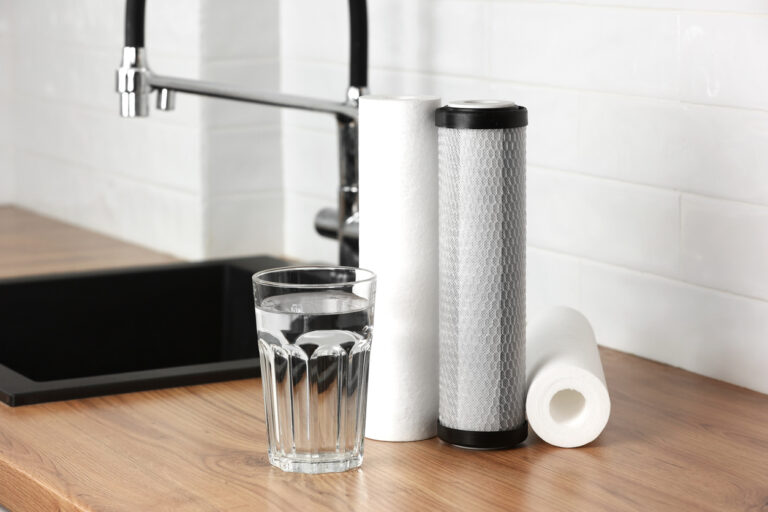highOn an island with no freshwater lakes or rivers, ensuring that you always have access to a sufficient supply of fresh water is never far from anyone’s thoughts. One way of supplementing your home water supply is a process known as reverse osmosis (or desalination).
But what exactly is this, and is this a viable means of increasing your water supply for individual homeowners? I met with Hamish Burns, Managing Director of Atlantic Water Development Ltd., to get answers to these and other basic questions.

What is Reverse Osmosis?
According to Mr. Burns, reverse osmosis is a method used to desalinate seawater, converting it into fresh, potable water. The process involves using a pump to force seawater molecules through a semi-permeable membrane that filters out salt and other impurities, and then separates the resulting clean water from the remaining more concentrated brine.
The fresh water is then directed to a holding tank (usually your household water tank) and the salty brine is discharged in such a way that it cannot re-enter the water table in accordance with Bermuda government environmental standards.
Is Reverse Osmosis a practical means to supplement the water supply of an individual homeowner?
Although RO plants have been utilized by the government, hotels and businesses around the island for some time, home RO plants have been less common until recently.
“There are now a variety of smaller RO units available that are capable of producing about 1800 gallons (or the equivalents of two truckloads of water) in a 24 hours,” says Mr. Burns. “The newest models are now also equipped with an energy recovery device that helps to reduce the energy consumption (and the operating cost) of the unit.”
“While this might be more water than some people need, if you have a historic home with a very small water tank, an irrigation system, or an infinity pool that constantly needs topping up, installing an RO plant could simplify your life considerably,” he said.
What do you need to have in place to install an RO plant?
“According to the latest government survey there are currently 3142 private wells on the island but some of these have collapsed,” he said. “So, unless you happen to already have a viable well on your property, the first step would be to drill a well and fit it with a PVC sleeve,” he explained.
“We would then install the RO plant, connect up the water lines, and then test the entire system to make sure that the fresh water being produced is clean and free from any contaminants.”
How do you maintain an RO plant?
These days an RO plant is equipped with a salinity sensor to ensure that the system is producing good quality water, and it will immediately divert water away from the freshwater tank if the membrane fails for any reason. Mr. Burns also recommends running the system at least once a month as well as testing the quality of the water manually with a meter. There are also monthly and seasonal maintenance contracts available.
With the introduction of smaller, home-friendly RO units, and proper maintenance protocols, individual homeowners can now more feasibly integrate this system into their daily lives. Whether it’s for managing the demands of a historic home, maintaining an irrigation system, or keeping an infinity pool topped up, reverse osmosis stands out as a practical option to ensure a steady supply of clean water on the island.
For more information, please visit https://www.atlanticwaterdevelopment.com.

